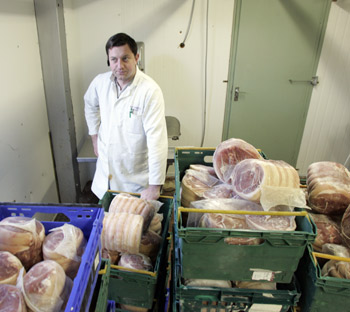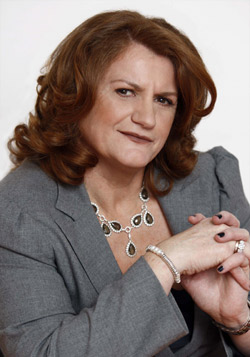How to deal with product recalls

The biggest problem with product recalls, aside from the cost, is the damage that is done to the brand, writes Irene Collins, managing director of the EIQA
20 June 2011
Product recalls are a very costly business. Often a recall will entail replacement of the product plus the higher cost of paying for the damage that may have been caused to the product user or their premises. However, the biggest cost is invariably the damage that is done to your brand name and the resultant loss of trust from your customers. The incurred drop in consumer spend and ‘life saving’ injection of funds to new marketing campaigns, if you wish to rebuild your good reputation, can quickly escalate into millions of euros.
Most companies don’t ever think that a product recall will ever ‘happen’ to them. But think of the pork scare of 2008! A 400 million euro industry was ground to a standstill. Last year alone, saw over 1,200 Lexus cars, 1,400 Mattel highchairs and more than 7,500 models of Beko, Flavel, Leisure and New World gas cookers being recalled in Ireland, proving that no matter how big the company or how strong the brand, recalls can and do happen.
How to prepare for the worst?
There is an abundance of advice out there, so it’s time to stop, look and listen to all of the advice that is so readily available to your industry and ensure that you have solid systems in place should one of your products or a product that you have bought in, be recalled.
The National Consumer Agency and The Food Safety Authority of Ireland has the responsibility for product recalls for food in southern Ireland. The Department of Trading Standards is responsible in Northern Ireland and the United Kingdom.
And in Europe, RAPEX the EU Rapid alert system, allows for the rapid exchange of information between member states and covers all dangerous consumer products with the exception of food, pharmaceutical and medical devices.
Product liability situations can arise at any time and usually without any warning. So could your current business systems cope if something happened within your industry that would require you to be involved in a product recall?
Ideally, the establishment of a product recall procedure will minimise the potential impact to you, your customers, your brand and your bottom line and in order to be effective your product recall plan must be capable of instant implementation.

Irene Collins, managing director, Excellence Ireland Quality Association (EIQA)

Irene Collins, managing director, Excellence Ireland Quality Association (EIQA)
Have a plan in place
Therefore the first thing that every company should have in place is an effective and continuous improvement quality management system. As a product recall will always require the fastest possible location of every item responsible for the potential risk and its immediate removal from the market, the right quality management system and product recall procedure will reduce your risk and guarantee you a significantly lower cost of recall.
Your quality management system and your product recall procedure should take into consideration that in a worst case scenario, you will need to make decisions on some or all of the following:
• A recall of product from overseas
• Tracing individual consumers
• Advertising on television, in newspapers and online
• Withdrawal or freezing of stock in warehouses and retail units
• Replenishing stocks
• The issuing of instructions for the safe use of the product or its disposal
• Subsequent monitoring of the health of those who may have inhaled or consumed doubtful chemicals, food stuffs, gases or radiation
• Internal costs of product modification and replacement
• Administration of the product recall procedure
The recall process
A recall should be initiated when it has been ascertained that there is a potential or definite danger to life or health; or when the continued use or circulation of your product is likely to result in legal action.
A recall may also be initiated when it is found that a fault in the product, or a lack of performance, is likely to affect the reputation of your company.
Once a hazard has been identified by any source, it will be necessary to immediately evaluate: The level of danger, if a recall is required and if so, what categories the recall should encompass.
The four most common recall categories can be described as follows:
User level recall
• This is the most widespread category entailing recall from users, retail outlets and warehouses. The decision for user level recall would always be made at board level as it often incurs reimbursement to product owners for losses sustained as a result of the withdrawal of the product and therefore is likely to be the most expensive type of recall.
Retail level recall
• Retail level recall would apply particularly in cases where an existing product has been in widespread use for some considerable time and information has now revealed a minor hazard.
Wholesale level recall
• This category of recall would entail product recovery from the first stage in the distribution chain and may be applied in the case of non-safety critical situations.
Limited recall
• A limited level recall would mean the recall of individual batches and consignments of product.
It would probably occur most often when manufacturing faults or suspected manufacturing faults have been discovered in an established product.



 Print
Print






Fans 0
Followers